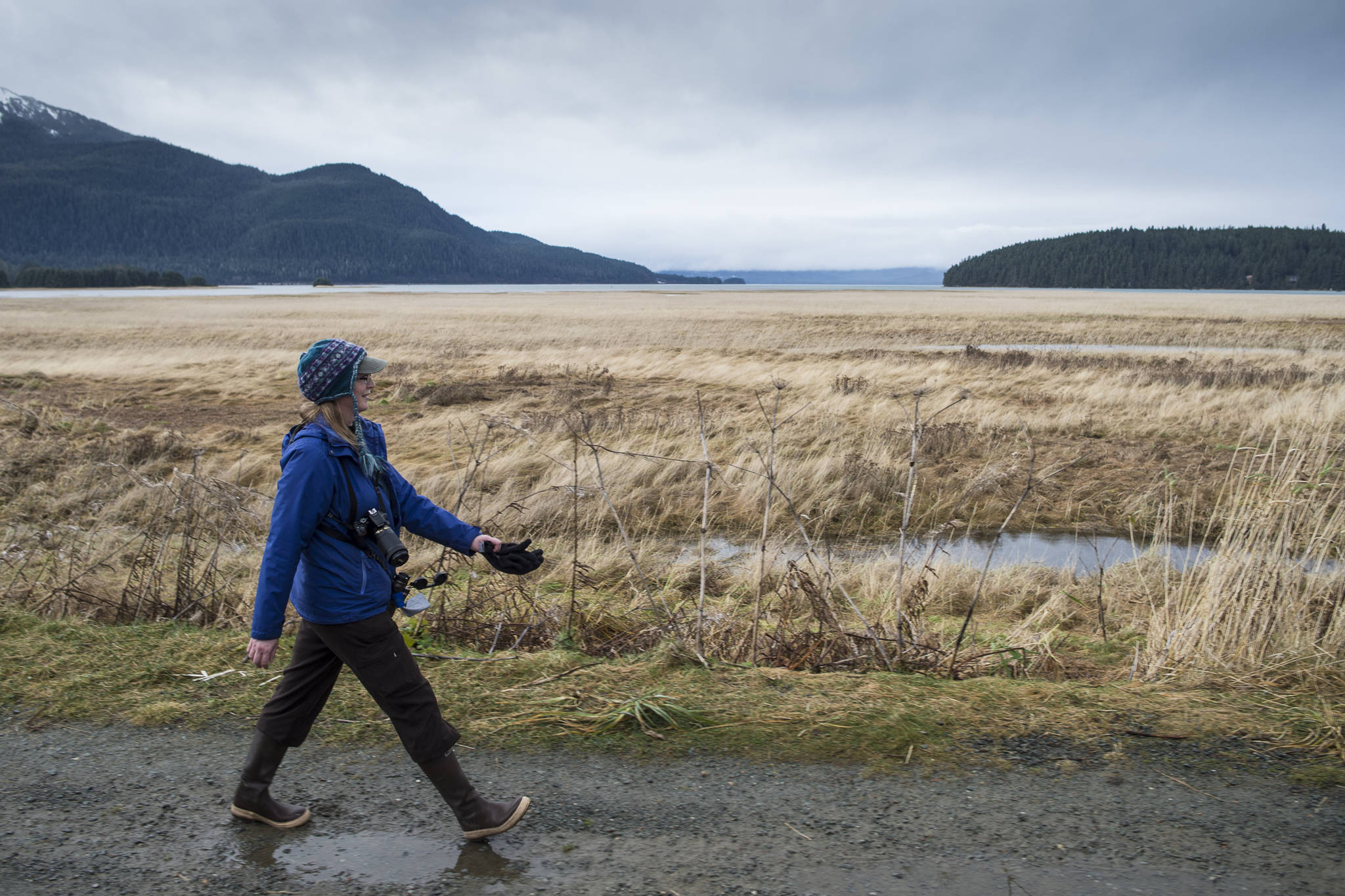I keep this graph in my office.
On the Y-axis (the vertical one, if you don’t remember high school science and math) the hours of the day are listed in military time, 00 to 24.
The X-axis (the horizontal one) lists the days of the year in five-day increments, from January on the left to December on the right.
Plotted on the graph are a series of parabolic lines. They diverge and connect, each representing the northern latitudes from 45 to 75 degrees.
By finding the date and your latitude, the graph shows three things: the sunrise, sunset and duration of daylight for each day.
Yes, I know all of this information is a Google search away, but like a good bibliophile, I enjoy the timelessness of the paper copy. There’s no need to update or refresh, no need for internet access. A note on the bottom reads, “This chart is independent of the year; it is useful for all time.”
It’s satisfying for a reason that seems deeply human. A cerebral attraction to patterns, cycles and repetition, maybe. The visual equivalent of a drumbeat held fast.
Sitting at my desk in Juneau on Thursday, I find the three points on the graph corresponding to the date (Nov. 7) and my latitude (58 degrees north).
Sunrise: approximately 7:30 a.m.
Sunset: approximately 3:50 p.m.
(I conferred with Google. I am a couple minutes off, but plotted as close as I could given the small size of the graph’s squares.)
The third set of lines, duration of daylight, shows 8 hours, 30 minutes. The trajectory of the 58-degree line in that set is on the steepest part of its decline. It’ll bottom out on Dec. 21, winter solstice, when Juneau receives about 3 hours, 40 minutes of daylight.
This time of year, I try not to bottom out myself. The lack of sun makes me lethargic. It can be hard not to lose interest in outdoor activities, which always take more planning and care this time of year. Without a healthy love of skiing, coffee, gym access and some good snow — and soups, always soups — winter in Alaska would be a personal black hole.
I’d be lying if I said I always follow my own advice, but here’s what I do to avoid hibernation:
• Walk it out. It might be too slick and cold to run outside, and snow has by now probably rendered some of your favorite hikes impassable. As my 30s creep up on me (I’m 28) the appeal of a nice walk with a podcast grows. It’s surprisingly good exercise and I love the cozy feeling of returning home cold-faced and bleary-eyed.
• Don’t stare at a screen an hour before bed. Something about the light spectrum from screens can screw up your sleep. Taking care of your sleep schedule can be tougher in the winter, when constant darkness can throw you a loop. Reading a book before bed always leads to better sleep, personally.
• Cook soup. Nothing kicks a night of Netflix up a notch like a bowl of homemade broth with veggies, noodles and meat. With more indoor time ahead, you’re going to need some activities, too, and putzing around the kitchen, fussing over a long-simmering pot of fatty goodness gives your dark, lazy evenings some purpose.
I like making ramen, as it takes awhile and is chock-full of cold-fighting fats. On a low simmer, cook chicken wings, pig trotters and some aromatics (leek, garlic, shallot, onion, whatever you’re feeling) for at least six hours, then strain out all the solids. Cook some noodles separately and top it off with some pork belly (cooked separately), mushrooms and a soft-boiled egg (you can marinade these in soy sauce for extra flavor).
• Make peace with indoor exercise. Gym lighting is a horror show and the crowds can be annoying. I don’t like locker room small talk, nor seeing nude the people I sometimes interview or interact with on a daily basis. But exercise is key to maintaining energy levels in the winter. Get over it and hit the gym.
• Drink strong beer. This won’t help your physical health, but there’s nothing wrong with drinking a bit more (responsibly) in the winter. Stouts and porters just taste better when it’s cold.
If none of these things work, book a trip to Hawaii.
(Note: You can find the graph mentioned in a book by deceased University of Alaska Fairbanks professor T. Neil Davis’ book “Alaska Science Nuggets.” Davis passed away in 2016.)
• Contact reporter Kevin Gullufsen at 523-2228 and kgullufsen@juneauempire.com. Follow him on Twitter at @KevinGullufsen.

